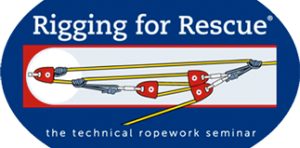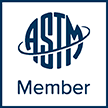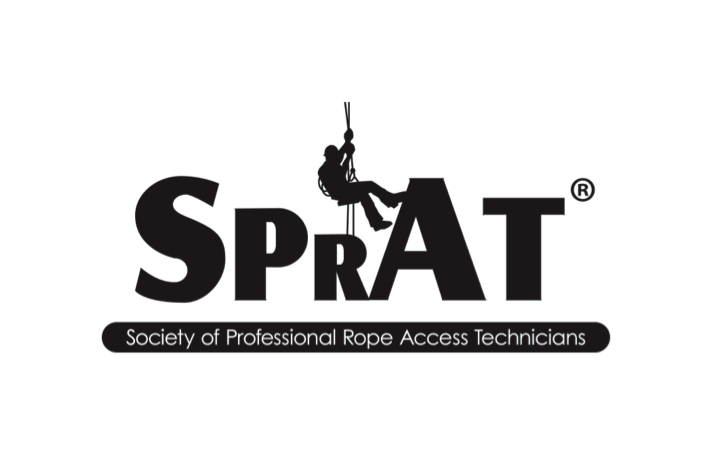The whirlwind that was autumn, 2015

As I write this entry I find it very hard to believe that we are into December already. Time marches by at the same rate for all, but it definitely feels like it moves along faster when you are busy. This past autumn had Rigging for Rescue instructors all across the US and Canada conducting training seminars. A couple of the highlights included return visits to both Yosemite Valley to work with the YOSAR rangers as well as Mount Desert Island, Maine to train with a cross-section of Maine SAR personnel from approximately eight different agencies. The YOSAR seminar exercises included the ‘small teams’ San Juan Pickoff, a multi-pitch exercise on Turtleback Dome, a Guiding Line suspension system, and a Kootenay Highline System including the Norwegian Reeve hoisting variation. San Juan Pickoff In Maine, the majority of the training areas included some of the spectacular sea cliffs of Acadia National Park. The photos below are from a day that we spent comparing and contrasting vertical versus horizontal litter orientation. Of course, both methods have their place in the technical rescue toolbox. There are numerous considerations for choosing one technique versus another. We explored these considerations and had a great day of training in a very scenic locale. Guiding Line Half Dome at dusk Kootenay Highline System Acadia National Park Upper Attendant position At Great Head cliff Multi-pitch transition
Huntington

On May 18, a long-standing project of Mike Gibbs and Erik Weihenmeyer came to fruition with a successful ascent of Mt Huntington in the Alaska Range via the West Face Couloir route. Erik and Mike were joined by Rigging for Rescue instructor Dave Shuman. Erik is one of the world’s most accomplished blind athletes having successfully ascended Mt Everest, the Seven Summits, kayaked the Grand Canyon, and has competed in numerous expedition length adventure races. Erik and Mike’s previous climbing adventures include ascents of the ice climb Polar Circus in Canada as well as Bridalveil Falls near Telluride. This was their first mountaineering trip together. Huntington involves over 1000 meters of technical climbing up to 90 degree ice and includes the full array of alpine climbing challenges ranging from icefall navigation to ridge climbing and steep ice. An ascent of Huntington by any route is a hallmark achievement in a mountaineering career. We are proud to have been able to play a part in Erik’s successful ascent. Upon return to our basecamp, Erik stated that it was, “the hardest mountain I have ever climbed.” Berg Heil Erik! Erik pointing out route at Talkeetna Ranger Station Mt Huntington – West Face Dave leading steep ice on Day 1 The ‘spacious’ alcove bivy Traversing out of alcove – morning Day 2 Still smiling on Day 2 Erik and Dave on final pitch – Tokositna Glacier below Erik and Mike on summit – Denali in background
New Research – Aramid Fiber Friction Hitches
At long last we have managed to get our recent research on aramid fiber friction hitches up on our own website. This research was conducted over the course of multiple testing sessions spread out over approximately 18 months. The testing was limited to two aramid fiber friction hitch make/models: the Bluewater VT Prusik and the Sterling RIT 900 cord (aka Hollow Block). The test series included both slow pull examinations as well as drop testing. The research was initially presented at ITRS in Golden, CO in November, 2014. The website posting can be found on dev.riggingforrescue.com. Click on our “Research” link, then select “Recent Projects”, followed by “Aramid fiber friction hitches.” The sample of PPT slides include the raw data summaries as well as some video clips. What you won’t find included are any of our conclusions and/or recommendations. Those thoughts lend themselves to the full presentation narrative in a face-to-face setting. We hope you find the research useful and informative.
Ice is nice
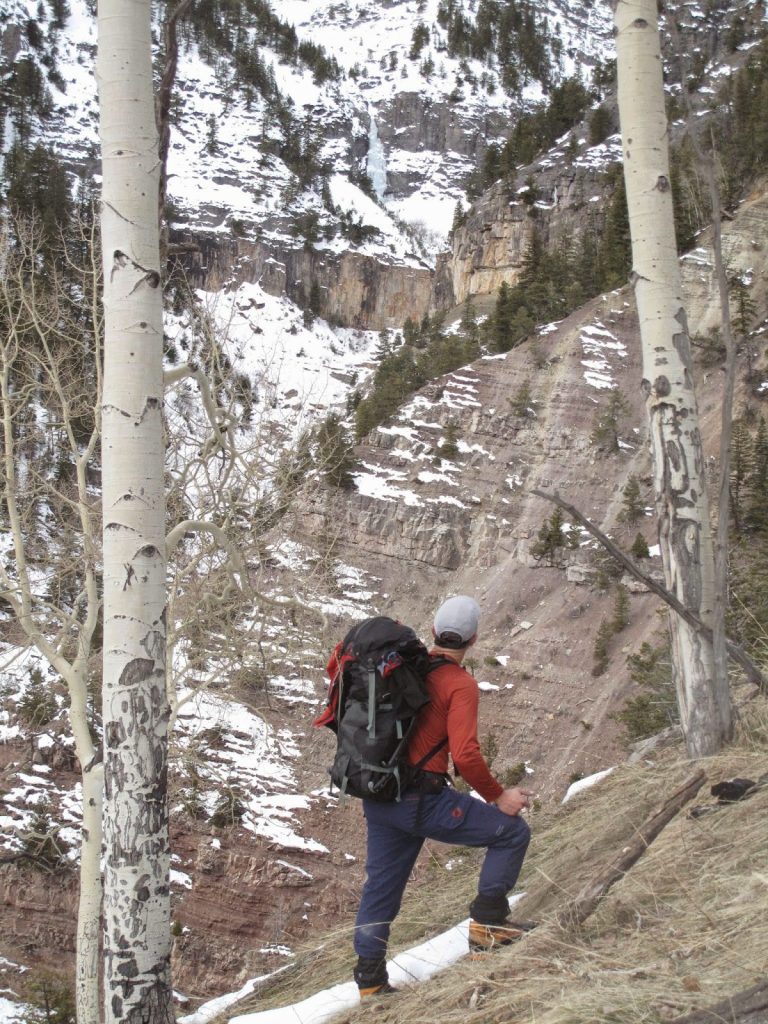
The winter is in full swing in the San Juan’s and the back country ice climbing conditions are about as good as they ever get for this early in the season. Many of the classics like Ames Ice Hose, The Ribbon, Stairway, and Skylight have seen numerous ascents in the past couple of weeks. The mini drought of the past 3 weeks has created benign avalanche conditions and great access to some of the more remote and exposed back country routes in the range. The snow storm coming in presently will change that access, but we sure have enjoyed it while it lasted!
2015 dates for Waterfall Ice Workshop

It feels odd to be typing this while outfitted in shorts and flip flops. However, winter is never too far away in the San Juan’s regardless of the season. In 2015, we will be hosting two different sets of dates for our open enrollment Waterfall Ice Climbing and Rescue Workshop. The first one will be 18-23 January and the second 22-27 February. They are essentially 5-day workshops with an evening get together on the Sunday prior to the M-Fr training. The workshop focuses on small team tactics, companion rescue skill sets, and of course the myriad of considerations for the medium of waterfall ice including movement skills, anchoring, and avalanche awareness – just to name a few. The workshop can also be arranged on contract on mutually agreeable dates/locations. If your organization has 4 or more participants, consider contracting your own private course. We hope to see you at an offering in 2015! Multi-pitch lowers with litter Main and Belay on multi-pitch exercise
Rigging for Rescue in the East!

We are very excited to announce that this autumn we will be hosting an open enrollment seminar in the Shawangunk Mountains. Rigging for Rescue, in conjunction with the Mohonk Preserve, will be offering our very first East Coast-based open enrollment seminar in The Gunks. Long regarded as the East Coast’s finest rock climbing destination, the Gunks is also a fantastic training ground for high angle technical rescue. On two previous occasions we have conducted seminars on contract in the Gunks. The rock quality is amazing. The variety of site locations and the close proximity to New Paltz makes it a superb destination for technical rope rescue. The dates of the seminar are October 13-19, 2014. The autumn is a beautiful time of the year to visit upstate New York. The Gunks are located 6 miles west of New Paltz, NY and are approximately 1.5-2 hours driving time from airports in either Albany, NY or Hartford, CT. Please contact us directly for registration information and availability: info@riggingforrescue.com. Edge transition with litter in the Gunks High Exposure Enjoying the spectacular climbing
Black Canyon NPS – mutual aid rescue assist

All of the Ouray-based Rigging for Rescue instructors also serve as volunteers on the Ouray Mountain Rescue Team. A little over a week ago, our team got a call from the Black Canyon National Park climbing rangers to help in a very large and technical rescue of an injured climber. The climber had dislodged a large rock mass on themselves while climbing on the Atlantis Wall. They sustained multiple injuries and their lower leg fracture prevented them from self-rescuing from the depths of the canyon. Their climbing partner was able to scramble out the access gulley and place the 9-1-1 call. We all gathered at the north rim ranger station at first light the next morning. A medic and ranger had spent the night with the injured party. The rescue team was comprised of around 20+ volunteers from Ouray Mountain Rescue, Western State, and West Elk along with a handful of rangers from the Black Canyon. The patient was stranded at the base of the Atlantis Wall approximately 500m down from the canyon rim. We linked three 183m ropes together for each the main and belay. The terrain involved a 100m vertical cliff at the top to a large terrace followed by a 400m lower down the primary wall. We used a mechanical advantage tagline system to draw the stretcher across the flat terrace during the initial descent and then had to reverse that on the raise with a descent control system. All told it took around 10 hours to build the system, lower an attendant and stretcher down the wall, and raise the patient/attendant back up to the top of the rim. The weather was atrocious with sideways snow and very cold temps. The scale alone made it probably the biggest rope rescue I have been involved in and the weather just took the whole operation to the ‘epic’ stage. Type II fun if you are familiar with that metric. It was quite the effort. Kudos to all that were involved. Beginning the initial descent Patient nearing the top edge transition View of the changing fall line at the terrace Taking it
Denali NPS seminar in Valdez, Alaska

Recently, we returned from our annual pre-season training with the Denali NPS climbing rangers. Rigging for Rescue has been conducting this training each year since 2001. This year we based out of Valdez, Alaska. The terrain around Valdez is superb and ranges from excellent ice climbs to easily accessible glaciers as well as the famous snow slopes off of Thompson Pass. The ranger cadre uses this training as a means of tuning up their glacier travel, crevasse rescue skills, and team-based rope rescue techniques in advance of the Denali climbing season. We covered a variety of challenging scenarios including multi-pitch access/egress to a stricken climber, traversing a steep snow slope with a loaded stretcher, pendulum falls into crevasses, and specialized edge transition techniques. The training also included members of the 212th Pararescue Team (PJs) out of Anchorage. The PJs often serve as medics on the Denali climbing patrols. It is always a privilege to work with such a skilled group of practitioners in the great state of Alaska! The Chugach Bridalveil Falls Ice tunnel on Valdez Glacier – so cool! Crevasse rescue practice on Valdez Glacier Successful use of the ‘Tractor Pull’ technique Mission briefing for the stretcher-based snow slope traverse Pike ‘n Pivot
Ingram Falls Sendfest
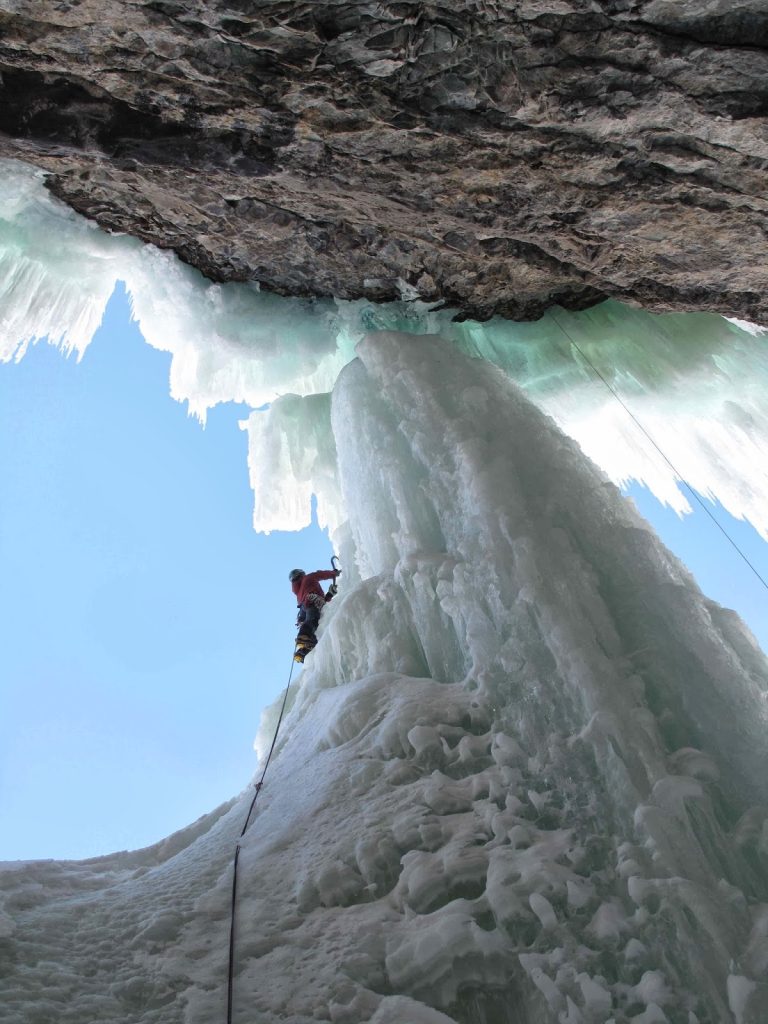
Yesterday, we managed to squeeze in a coveted ascent of the rarely formed Ingram Falls just prior to the start of our Waterfall Ice Workshop currently being conducted in Ouray. Looming above the town of Telluride, Ingram Falls is in the same general basin as its more famous neighbor, Bridalveil Falls. However, while Bridalveil faces nearly true north, Ingram has a W/NW aspect and sees a few hours of direct sunlight every afternoon. The result is a rarely formed pillar that in most years never seems to quite touch down. This is not one of those years. A pillar is what you came for and a pillar is what you’ll find. Ingram is in very FAT conditions at the present. It is debatable as to whether the crux is the grade 5 pillar climbing or the 2+ hours of post-holing through San Juan depth hoar to reach the objective. Regardless, the climb is a prize tick and makes for a fine day in the mountains. Get some!
Sapphire Bullets of Ice

Prior to Kevin and I taking on the CDOT rockfall mitigation rigging project, we were enjoying a typical winter in the San Juan’s complete with a heavy dose of ice climbing. One of the areas best climbs is the rarely formed Sapphire Bullets of Ice located on the main headwall to the west of Bridalveil Falls – another area classic in its own right! Sapphire Bullets is definitely in my personal Top 5 of ice climbs in the San Juan’s. Every pitch is excellent. The climbing is engaging, but not desperate. Super classic. Not to be missed, if you get the chance. We have our second Waterfall Ice Workshop offering for this winter coming up in 3 weeks time. Currently, there are two remaining spots. If you want to hone your ice climbing skills and learn about both companion rescue and team-based rescue in the ice climbing environment, come pay us a visit for a week of quality education and training. Berg heil. Kevin leading the steep curtain on pitch 1 Nearing the top out – pumpy stemming Looking down from the second belay station Heading into the intimidating roof on pitch 3 Sapphire Bullets of Ice
